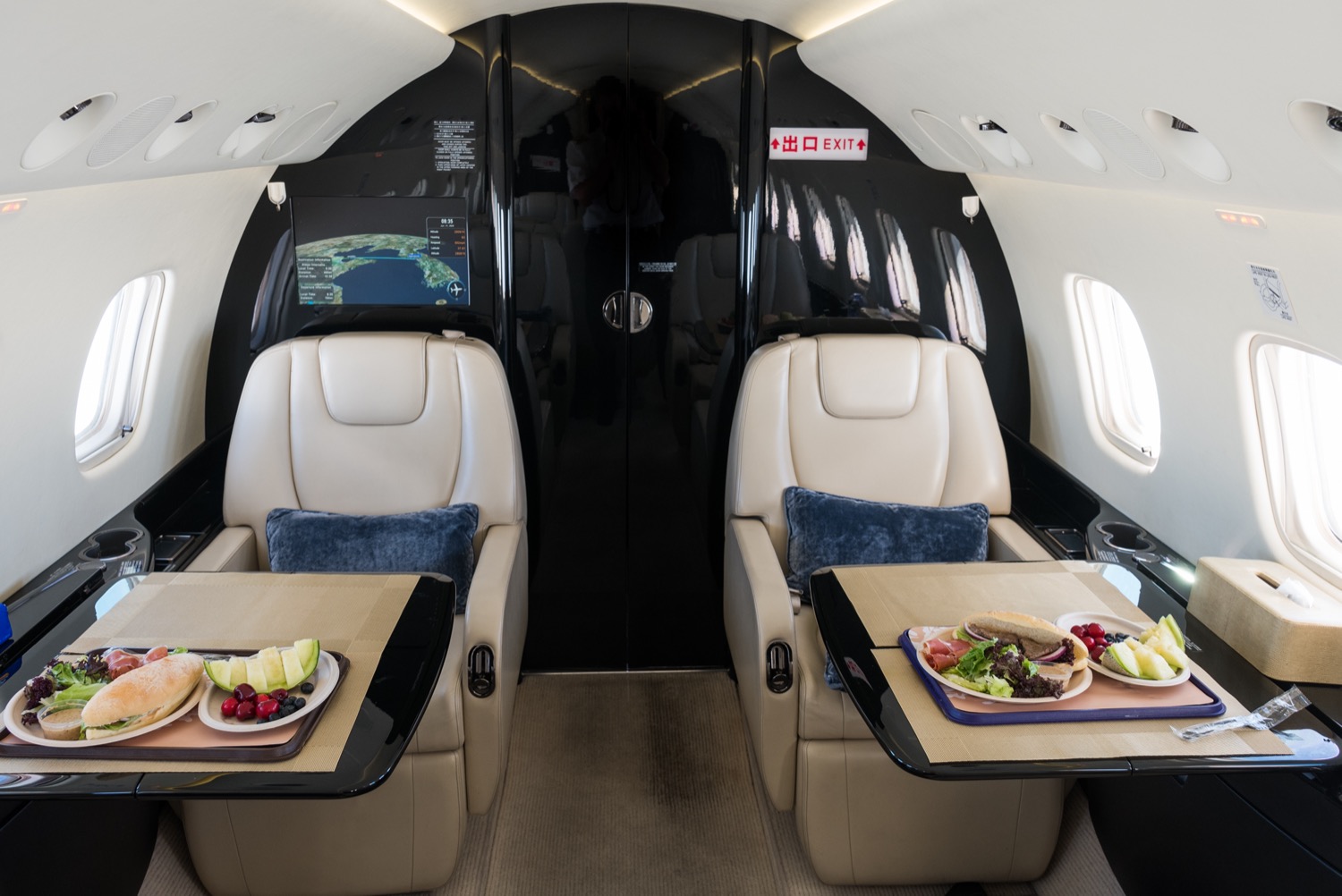
Ever wondered how your in-flight meal gets to your tray table? Airline catering logistics is a fascinating process involving meticulous planning, coordination, and timing. From sourcing fresh ingredients to preparing meals in specialized kitchens, every step ensures passengers enjoy quality food at 35,000 feet. Catering logistics also involves strict adherence to safety and hygiene standards, making sure each meal is safe to eat. Additionally, airlines must consider diverse dietary needs and preferences, offering options like vegetarian, gluten-free, and kosher meals. The journey of your meal from kitchen to cabin is a complex dance of efficiency and precision, ensuring a seamless dining experience in the skies.
Key Takeaways:
- Airline catering logistics involves preparing over 1 billion meals annually, with strict hygiene standards and global sourcing for diverse and high-quality ingredients. It's a massive operation to feed passengers worldwide!
- From cooking meals in industrial kitchens to reducing single-use plastics, airline catering is evolving with sustainability practices and advanced technology for accurate meal tracking. It's a fascinating and ever-changing industry!
The Complexity of Airline Catering Logistics
Airline catering logistics is a fascinating and intricate process. From sourcing ingredients to delivering meals on board, every step requires precision and coordination. Here are some intriguing facts about this behind-the-scenes operation.
-
Airline catering services prepare over 1 billion meals annually. This staggering number highlights the scale of operations required to feed passengers worldwide.
-
Meals are often prepared 10 hours before a flight. This ensures that food is fresh and ready for consumption during the flight.
-
Catering companies must adhere to strict hygiene standards. These standards are often more stringent than those for restaurants on the ground.
Sourcing Ingredients for Airline Meals
The journey of an airline meal begins with sourcing high-quality ingredients. This process involves careful planning and coordination to ensure that meals meet safety and taste standards.
-
Ingredients are sourced from multiple countries. This global sourcing helps caterers provide diverse and high-quality meals.
-
Seasonal ingredients are often used. This practice ensures that meals are fresh and flavorful.
-
Special dietary requirements are meticulously planned. Airlines cater to various dietary needs, including vegetarian, vegan, gluten-free, and kosher options.
Preparation and Cooking
Once ingredients are sourced, the preparation and cooking process begins. This stage involves transforming raw ingredients into delicious meals suitable for in-flight consumption.
-
Meals are cooked in industrial kitchens. These kitchens are equipped with specialized equipment to handle large volumes of food.
-
Chefs consider the impact of altitude on taste. At high altitudes, taste buds are less sensitive, so meals are often seasoned more heavily.
-
Meals are blast-chilled after cooking. This rapid cooling process preserves the food's quality and safety.
Packaging and Transportation
After cooking, meals must be carefully packaged and transported to the aircraft. This stage requires precision to ensure that meals remain fresh and safe.
-
Meals are packaged in special containers. These containers are designed to maintain the food's temperature and quality.
-
Catering trucks are refrigerated. This ensures that meals remain at the correct temperature during transportation.
-
Logistics teams coordinate meal delivery to the aircraft. Timing is crucial to ensure that meals are loaded just before departure.
Onboard Service
Once meals are on the aircraft, the final stage of the catering process involves serving passengers. This stage requires coordination between flight attendants and catering staff.
-
Flight attendants receive training on meal service. This training ensures that meals are served efficiently and safely.
-
Meals are reheated on board. Aircraft ovens are used to warm meals before serving.
-
Special meals are labeled and tracked. This ensures that passengers with dietary requirements receive the correct meal.
Sustainability in Airline Catering
Sustainability is becoming increasingly important in airline catering. Companies are adopting practices to reduce waste and minimize their environmental impact.
-
Airlines are reducing single-use plastics. Many airlines are switching to biodegradable or reusable packaging.
-
Food waste reduction programs are in place. These programs aim to minimize the amount of food that goes to waste.
-
Local sourcing reduces carbon footprints. By sourcing ingredients locally, airlines can reduce the environmental impact of transportation.
Innovations in Airline Catering
The airline catering industry is constantly evolving, with new innovations improving the quality and efficiency of meal service.
- Technology is enhancing meal tracking. Advanced tracking systems ensure that meals are delivered accurately and on time.
The Final Bite
Airline catering logistics is a fascinating world. From the meticulous planning to the precise execution, every step ensures passengers enjoy their meals at 35,000 feet. Catering companies must navigate complex regulations, tight schedules, and diverse dietary needs. The efficiency and coordination required are nothing short of impressive. Next time you enjoy an in-flight meal, remember the intricate process behind it. This industry blends culinary arts with logistical prowess, creating a seamless dining experience in the sky. Understanding these facts gives a new appreciation for the effort and dedication involved. So, next time you fly, take a moment to savor not just the meal but the incredible journey it took to reach your tray table.
Frequently Asked Questions
Was this page helpful?
Our commitment to delivering trustworthy and engaging content is at the heart of what we do. Each fact on our site is contributed by real users like you, bringing a wealth of diverse insights and information. To ensure the highest standards of accuracy and reliability, our dedicated editors meticulously review each submission. This process guarantees that the facts we share are not only fascinating but also credible. Trust in our commitment to quality and authenticity as you explore and learn with us.


